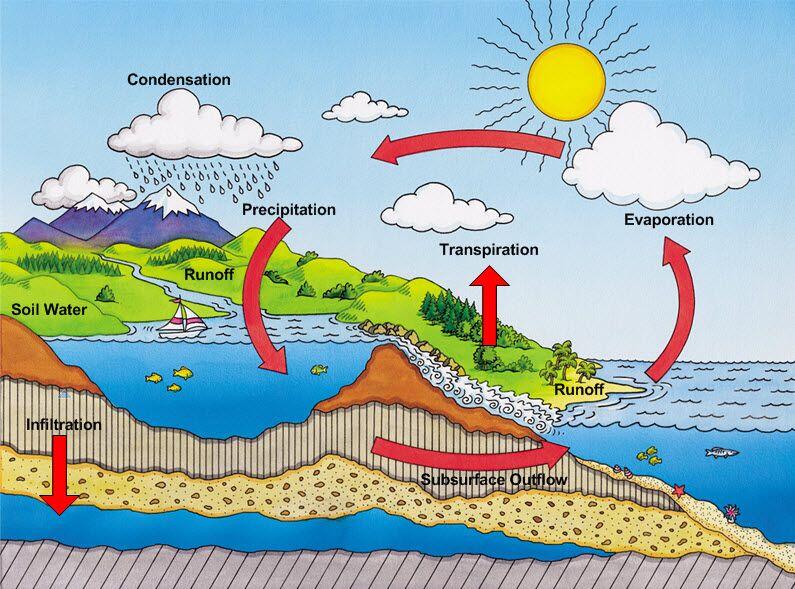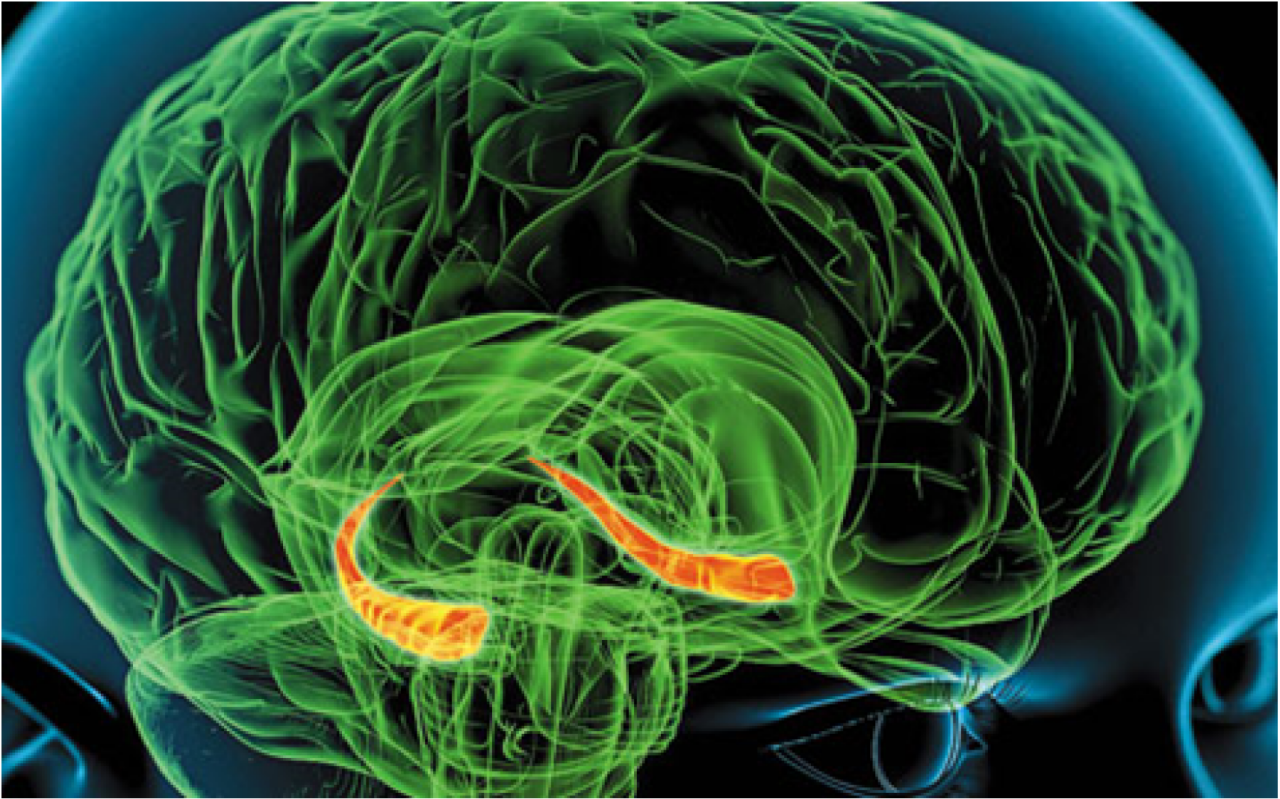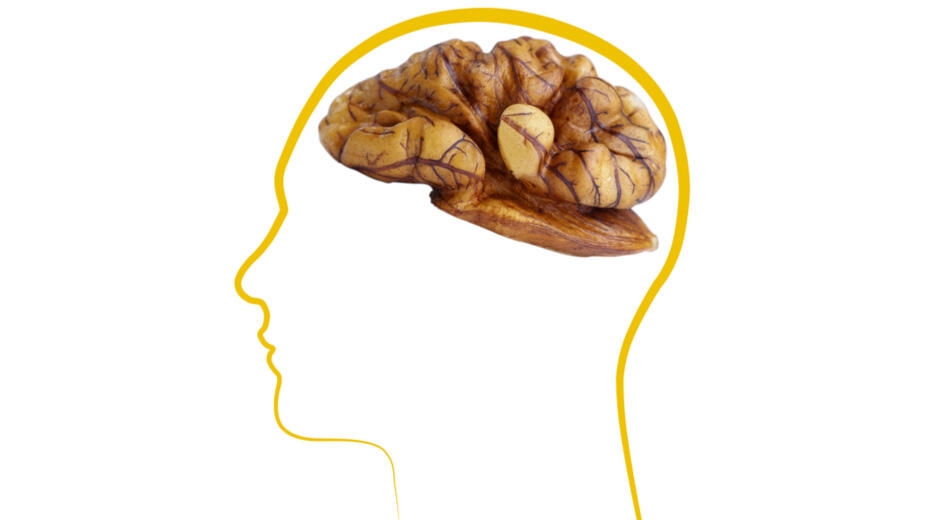In the first dimension, Analytical Thinking, we explore four interconnected stages of the Water Cycle: evaporation, condensation, precipitation, and storage. We also highlight some amazing scientific facts about the Water Cycle. Next, in the second dimension, Analogical Thinking, to better appreciate the Water Cycleon Earth, we reflect on man-made desalination systems and explore a Singaporean sewage water recycling technology known as reclaimed water or NEWater. We learn how it took many years of collaboration for scientists to come up with a multi-step process to recycle sewage water. Then, in the third dimension, Critical Thinking, we reflect on artificial desalination and water recycling systems and conclude that it is not possible to believe that random forces can move raw materials around and arrange them to create such technologies even if it takes millions of years. We learn that from experience, it takes the cumulative knowledge, will, and effort of many people over many years to come up with these highly advanced systems. Then, we urge readers to think about the origin of the Water Cycling system. In the fourth dimension, Meditative Thinking, we reflect on the collaboration of the Sun, the atmosphere, the oceans, the force of gravity, and the solar and galactical systems for the Water Cycle to function. We understand that the Water Cycle is connected to the entire universe both at the macro and micro levels. We thus conclude that the Water Cycle can only be the work of the One who creates and maintains the entire universe. Finally, in the fifth dimension, the Moral Thinking dimension, we invite readers to reflect on the true value of the Water Cycle as a special gift. We learn to practice gratitude for the presence of water and reflect on its countless uses on Planet Earth.




